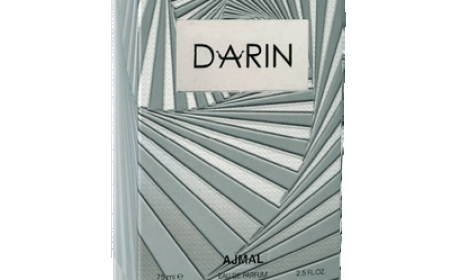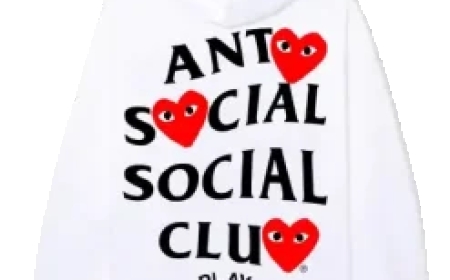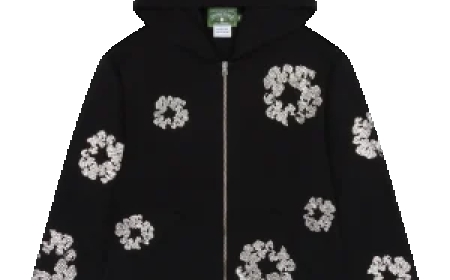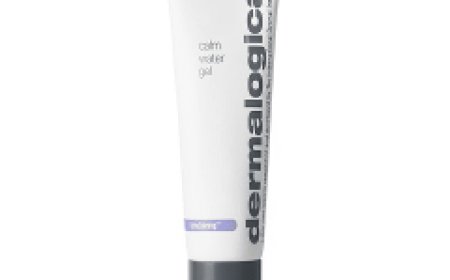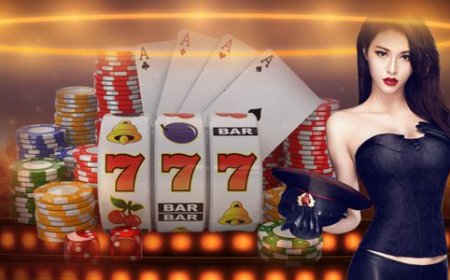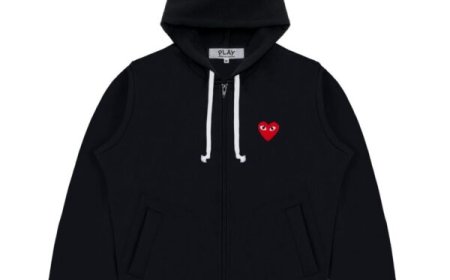Are You Actually Eating Real Japanese Wasabi at Restaurants?

When you go to a sushi restaurant, you probably see a small green paste on your plate. Most people think this is wasabi, but did you know it's usually not real wasabi at all?
The "wasabi" served at most restaurants is a fake version. It may surprise you to learn that real Japanese wasabi is very rare and expensive. Many people have never even tasted it. Let's find out why real wasabi is so special, how to tell the difference, and where you can find the real thing.
What Is Real Japanese Wasabi?
Real wasabi comes from a plant called Wasabia Japonica. This plant grows in cool, shady areas with clean, running water. It takes a long time, up to 18 months, to grow. The part of the plant used for cooking is the root, also called a rhizome. Because it is so hard to grow and takes so much time, real wasabi is very expensive. It can cost over $100 per pound. That's one big reason why most restaurants don't use it.
What Is Fake Wasabi Made Of?
Most wasabi served in restaurants is not real. Instead, it's a mix of horseradish, mustard, cornstarch, and green food coloring. This fake version looks and tastes very strong and spicy. It burns your nose and stays in your mouth longer. Real wasabi tastes very different. It has a mild, clean spiciness that fades quickly. It also has a fresh, slightly sweet flavor that many people describe as smooth and gentle.
How to Tell If It's Real Wasabi?
If you want to know whether the wasabi you're eating is real or fake, here are a few easy ways to tell:
Color and texture: Fake wasabi is bright green and smooth like a paste. Real wasabi is a lighter green and a little bit grainy when freshly grated.
Taste: Fake wasabi is very hot and sharp. Real wasabi has a mild heat that fades quickly and doesn't burn your mouth or nose.
Where you're eating: If you're in a low-cost or average sushi restaurant, it's probably fake. Only high-end restaurants usually serve real wasabi.
Fresh preparation: Real wasabi is often grated right before eating. Some places even use a traditional tool made from shark skin to grate it fresh.
Why Real Wasabi Is Special?
Real wasabi isn't just rare; it adds a unique flavor to food. Made from the Wasabi Japanese horseradish plant, it doesnt cover up other tastes like the fake version does. Instead, it blends with the other ingredients to make the food taste even better. Chefs like to use real wasabi with sushi, of course, but also with beef, noodles, vegetables, and even in desserts like ice cream and chocolate. It's a favorite in fancy cooking, or what people call gourmet cuisine.
Some people also like real wasabi for its health benefits. It may help with digestion, reduce inflammation, and even kill some bacteria.
Where Can You Find Real Wasabi?
If you want to try real wasabi, you won't find it at most restaurants or in regular grocery stores. Your best chance is at a top sushi bar or fine dining restaurant that focuses on fresh, high-quality ingredients. Another option is to buy it yourself. Some farms around the world grow real wasabi and sell it online. They grow the wasabi in the right conditions and sell the roots, paste, or even plants for cooking or growing at home.
When buying from a trusted Authentic Wasabi Products Supplier, you know you're getting the real plant, not a fake version. These suppliers often ship fresh wasabi to chefs, restaurants, and people who really care about quality.
Why Don't More Restaurants Use Real Wasabi?
You might wonder, if real wasabi is so good, why don't more places use it? The answer is simple: it's too expensive and too hard to grow. Because it takes over a year to grow and only grows in certain places, real wasabi costs a lot. Most restaurants don't want to spend that much money. Also, once you grate fresh wasabi, it starts to lose its flavor in about 15 minutes. So it needs to be served right away. That's hard to do in a busy restaurant.
But some restaurants are starting to use it because customers want better food and real ingredients. These restaurants often show the wasabi root at the table or grate it in front of you.
The Final Bite: Know What You're Eating
So, are you eating real Japanese wasabi at restaurants? If you're like most people, the answer is probably no. But now you know how to spot the difference, where to find the real thing, and why it matters. Real wasabi isn't just about spice. It's about flavor, freshness, and tradition. If you ever get the chance to taste it, you'll understand why so many chefs and food lovers care so much about it.
Next time you eat sushi, take a closer look at that green paste. Is it the real deal, or just another fake?






